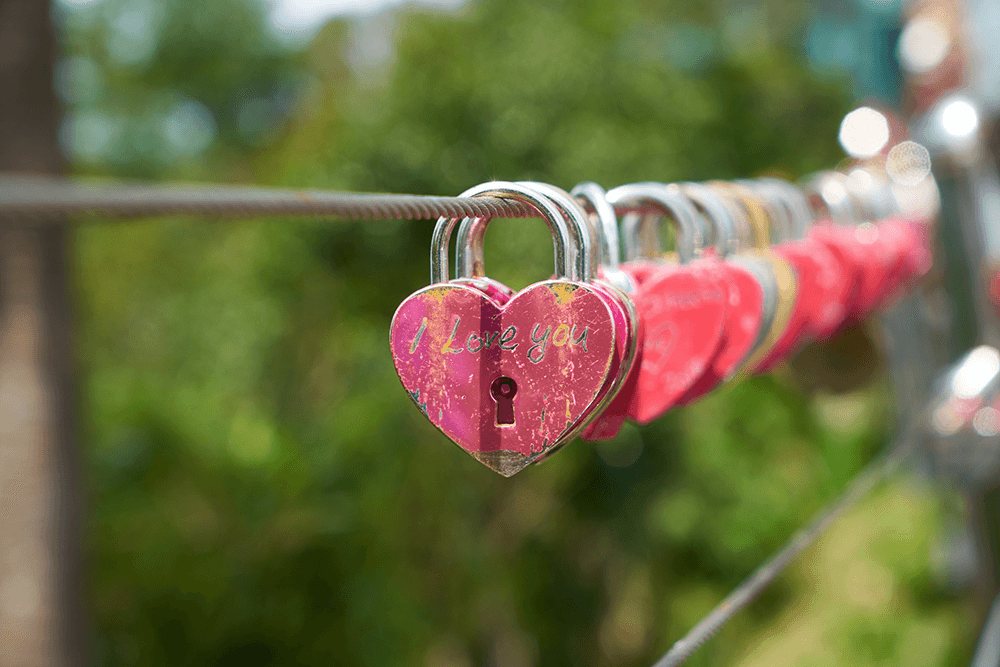
 Storage Tips
Storage TipsWhat are the Different Types of Storage Locks
When you need to keep your belongings in storage, the chances are high that these items aren't close to your home, which can make it difficult to check on them frequently. Give yourself more peace of mind by locking your storage unit with secure locks.
Many storage units don't come with their locks, but this allows the renter to obtain the type of lock that serves them the best. Also, many storage unit offices offer locks for sale that renters can take with them and use them again for other purposes. It is highly recommended to purchase your own to secure your storage unit door and make it difficult for thieves to gain entry.
Even with tight security measures like surveillance in place, an unlocked storage unit is highly vulnerable. Without a lock, these doors can be opened without any resistance. Take this small step to safeguard your storage unit and you'll be thankful you took this extra step. Here are the different types of locks that have specific functions and benefits. Which lock should you choose to protect your belongings?
Key Access Disc Locks
A key-access disc lock is a preferred style for storage units for its ease of use and high durability. They are far more resistant to breaches from strikes, drills, and lockpicking compared to the others. You can identify a disc lock because it looks exactly as it sounds: it's shaped like a disc. This type of lock is similar to a padlock because it also uses a key to open, but is more secure than the typical padlock.
It has an additional small U-shaped bar that makes it harder to destroy with a bolt cutter. Storage Unit professionals advise renters to get this lock type above all others because they are difficult to cut away with a bolt cutter. The key access feature also means that users don't need to memorize a combination.
Key Access Padlocks
Padlocks are among the most frequently chosen storage types of storage unit lock. To open this lock, you need a key. Padlocks have chambers that connect to a circular or rectangular locking mechanism. All you need to do to gain entry is to insert the key into the chamber and turn it clockwise to release the lock.
These are popular because they are affordable and quick to unlock, which is highly desirable for individuals who don't want to memorize a combination they'll only use 6 months later. Though these locks can be quite cheap, we advise that you invest in sturdy padlocks that are durable and secure. The saying "you get what you pay for" directly applies to the kind of padlock you choose. Instead, cheap padlocks are better suited for gym lockers and storage sheds, but long-term storage units need devices that are resistant to bolt cutters.
Combination & Dial Locks
Combination locks don't need a key to gain entry. Instead, the user enters a number combination through a dial or presses a code on a pad to unlock the device. It is one of the most popular types of locks because it's easy to use and convenient. Though many people choose this style because they don't want to keep an additional key, these devices are the least secure for storage units.
Although they are fine for areas that you can monitor daily like your garage or storage shed, they're vulnerable when left unattended for long-term stretches. Digital combination locks can get hacked and dial locks are easily picked by an expert thief. For better solutions, scroll on and read about your other options.
Key or Dial Chain Locks
A chain lock is made of a long chain and a locking mechanism that can be opened with a key or dial combination. Though chain locks are excellent for keeping a bike safe for a few minutes in public, it isn't the ideal choice for a storage unit, and here's why.
A thief can easily break the chain with a bolt cutter. Also, the length of the chain lock can make it difficult to tightly secure the storage unit's door, leaving it open to breaches from pests and insects. Do your part to protect your unit by investing in a better lock that can make it difficult to breach.
Key Access Cylinder Locks
Owners of multiple units prefer this lock because it can be rekeyed without needing to remove the whole lock. Also, you can use one master key to open several doors through this rekeying method. However, it isn't the most secure type of lock because it can be picked easily.
Cylinder locks have a specially designed key that turns a cylinder which is attached to a cam that releases the lock. Though not a bad choice for long-term storage, owners of multiple units can find the same easy-open convenience with a Bluetooth disc lock.
Bluetooth Locks of Various Types
A relative newcomer on the scene, Bluetooth locks can be remotely controlled by your smartphone or other authorized device. Some versions can be set to require your fingerprint and device authorization to validate entry. These can be monitored from its associated app no matter where you go.
Though highly convenient and technologically savvy, weak Bluetooth padlocks can be easily breached with a bolt cutter. Instead, opt for a disc lock with Bluetooth capabilities so that you can enjoy the remote monitoring and the extra security of the disc lock's structure.
We're Your Storage Solution!
Storage Rentals of America is your convenient self-storage solution. So come into our office or give our storage experts a call at 1-800-457-5678. Our call center is available 7 days a week and can help determine which storage unit size best fits your storage needs.



